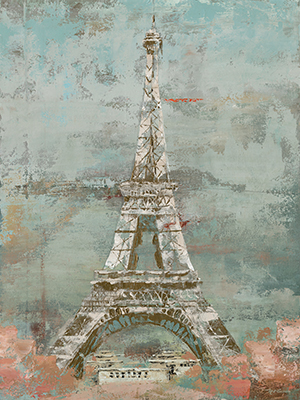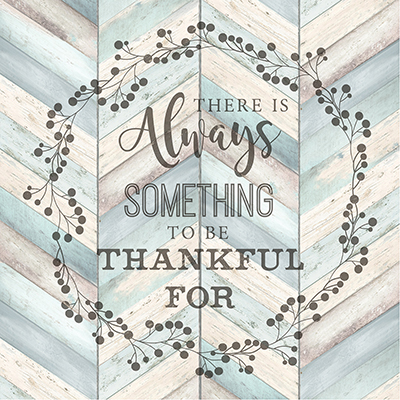Wall Art!
As 2018 began, we started to see a theme emerging online – people are talking about Wall Art! All kinds of Wall Art! From small art to large and Gallery Walls to Statement Pieces. Since we’re solidly in the Business of Art, we took notice.
According to Elle Decor, “Bare walls are officially out.” They also note that pins for “wall art” were up 637% this year, which, combined with the notation that “people who use Pinterest spend 27% more on decor that people who don’t”, means we should be seeing more and more art grace our walls.
That can be intimidating, especially if you love art but have a paralyzing fear about how to hang it / what frame to use / putting nails in your walls. We are here to help. Ok, more specifically, Nate Berkus is here to help in this article from MYDOMAINE.
Tip #1: Don't try to match all your frames.
The most common mistake that Berkus notices when people frame their art is thinking that everything has to match. “I prefer mixing and matching,” he says. In order to achieve a coherent result, he recommends keeping the language of the frames similar: “In my personal home, a 16th-century Saint Peter in an original Peruvian wood frame is opposite two Günther Förg black-and-white lithographs in wood gallery frames. There simply are no rules.”
Feeling like you need your frames to all “go together” can keep you from getting the art up on your walls. If you want your frames to match, you could consider keeping the frame color consistent, or the type: for example, all your frames could be gray or silver…or you could choose to have all wooden frames.
Tip #2: Don't default to a gallery wall.
When dealing with a large blank wall, it can be tempting to go for a gallery wall—smaller frames are less expensive after all—but Berkus suggests that it’s entirely situational and that people shouldn’t shy away from large-scale art: “A gallery wall is more personal and allows a greater opportunity to tell the story,” he says. “Large-scale art, when well chosen, can be a fantastic investment. It can create a constant focal point for a room and can be moved around to different spaces as you move.”
Now we love a good gallery wall – like Nate says, “it allows a greater opportunity to tell the story”, but there is definitely something powerful about a large-scale piece that creates a focal point for a room.
Tip #3: Do hang art in unexpected places.
We all have space we default to when hanging art: behind the bed, behind the sofa, above the mantel. Berkus prefers to focus on unexpected places to hang his art. “Hanging things in your home is a deeply personal exercise, almost as personal as what color to paint the walls,” he says. “I’ve always loved the impact of hanging something unexpected in places that are often overlooked. I’ve always been more comfortable having less, and better things than more. Some of his favorite places to hang art include powder rooms, the end of a long hallway, the inside of a stairwell, or the wall at the top or bottom of a stairwell: “It’s the idea of turning a corner and seeing something unexpected.”
We like this one a lot, too. There is something fun about the surprise of seeing art somewhere unexpected.
Now, go forth and Hang That Art!







